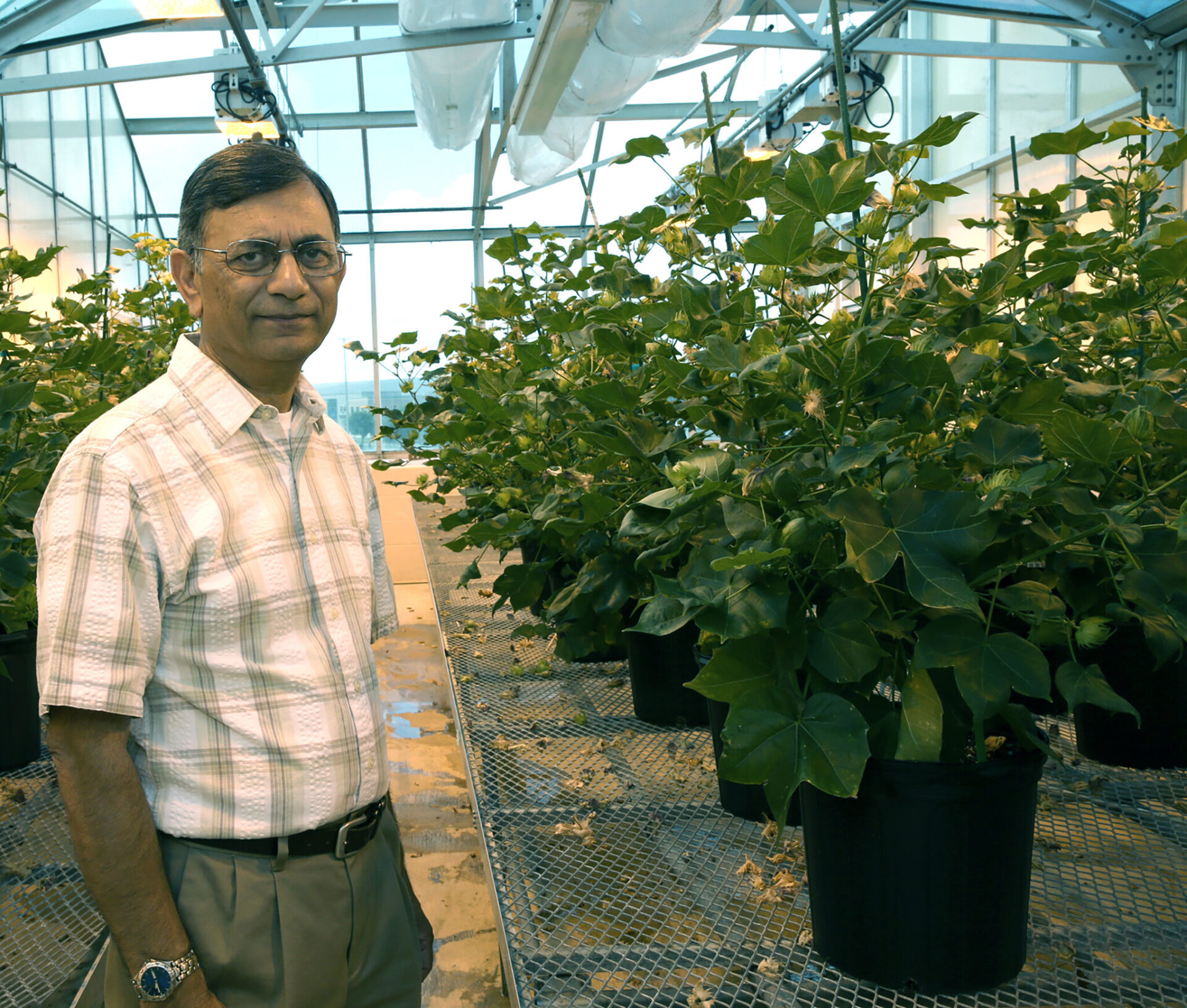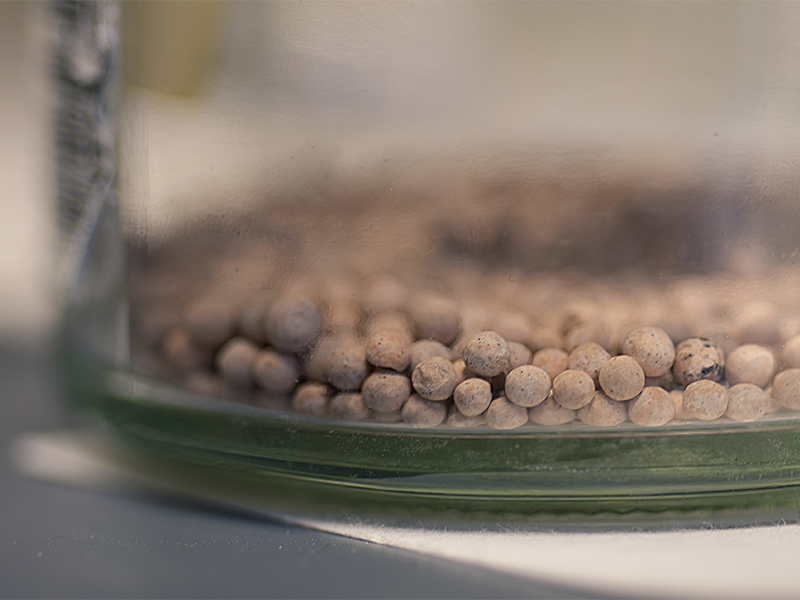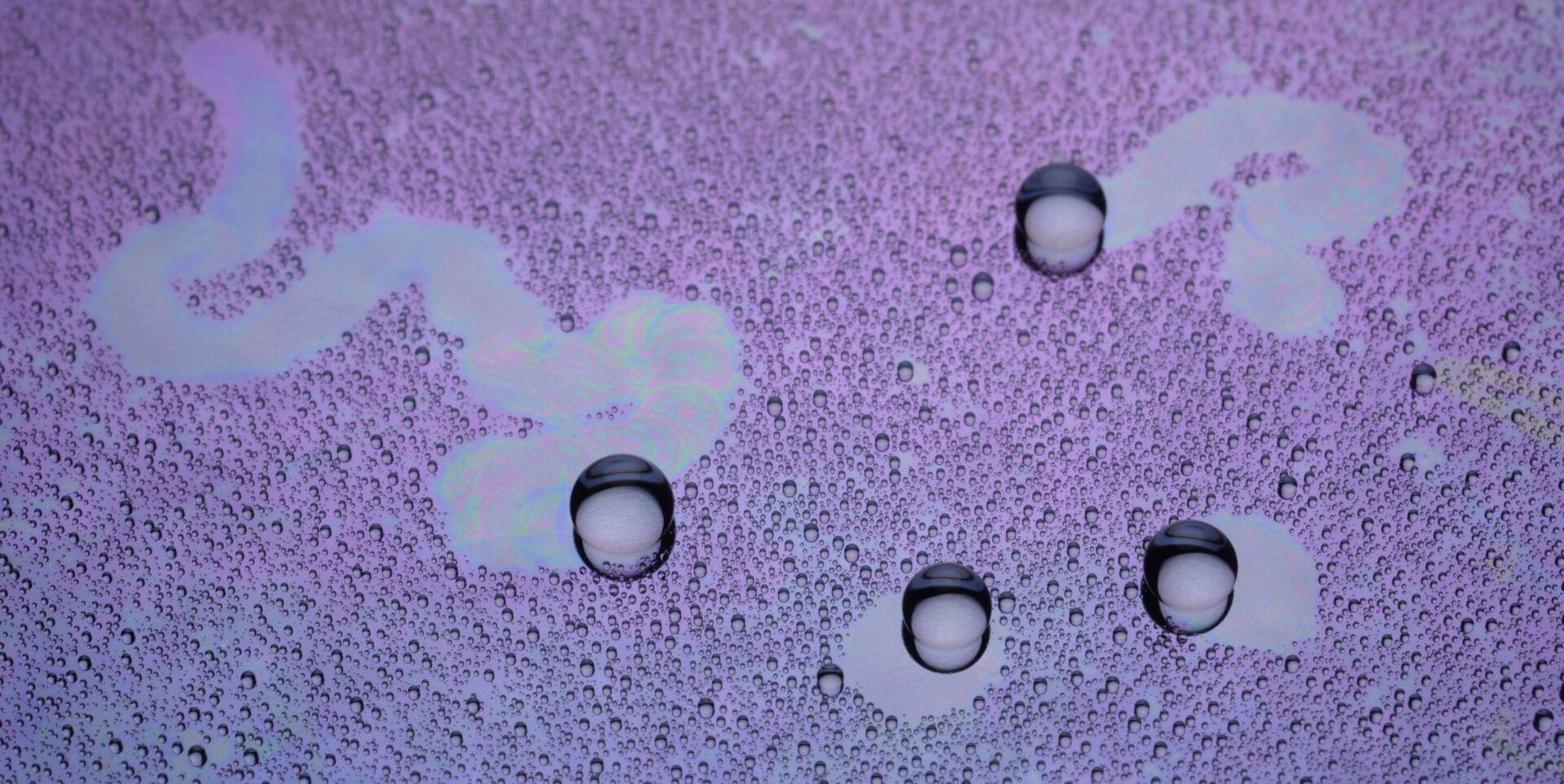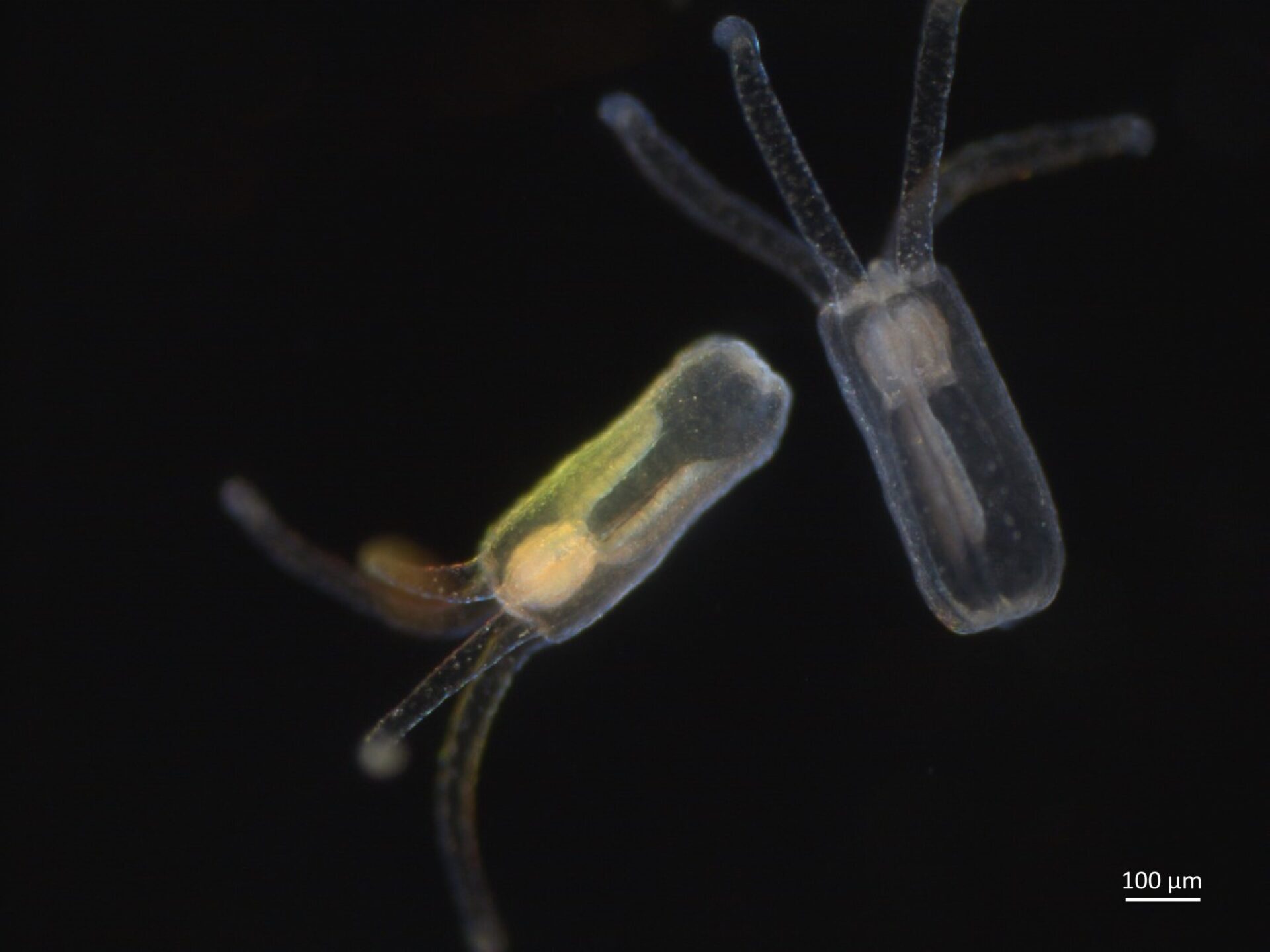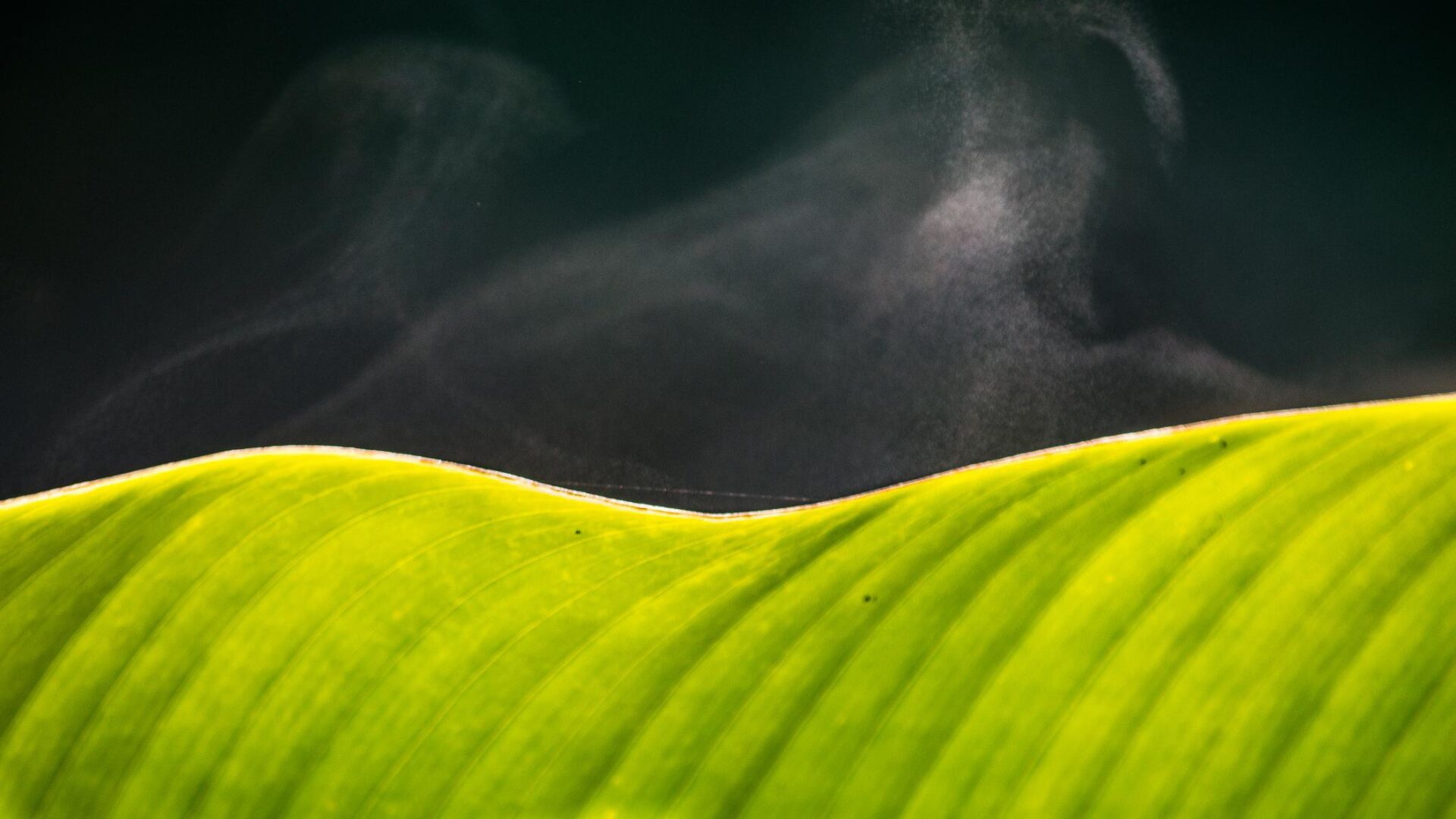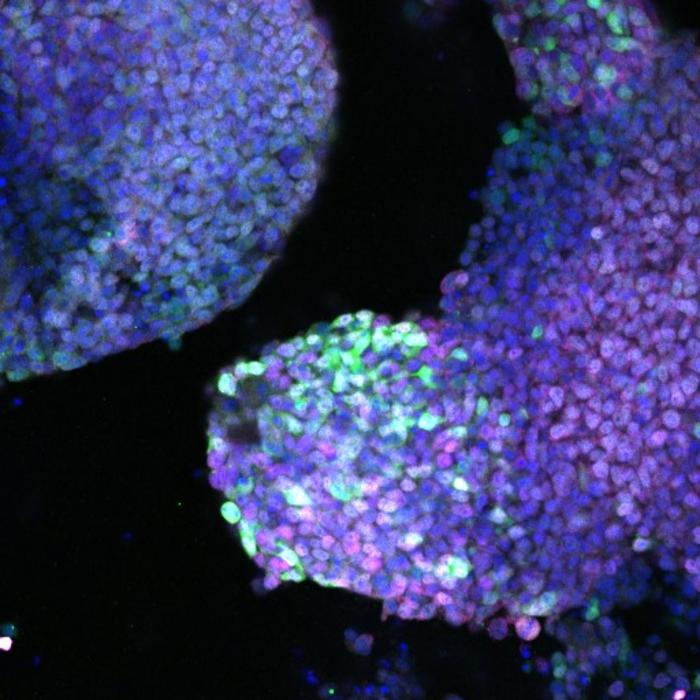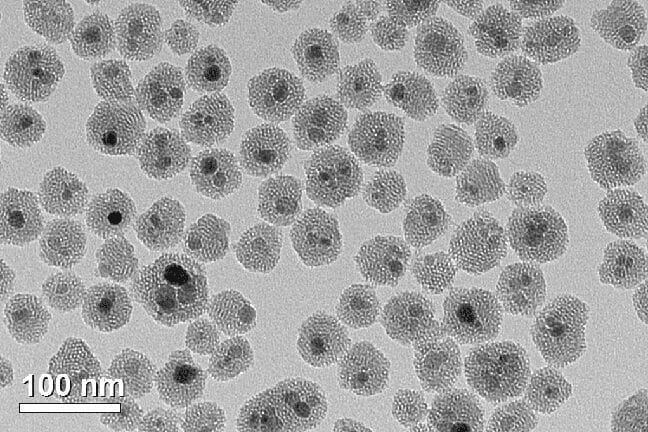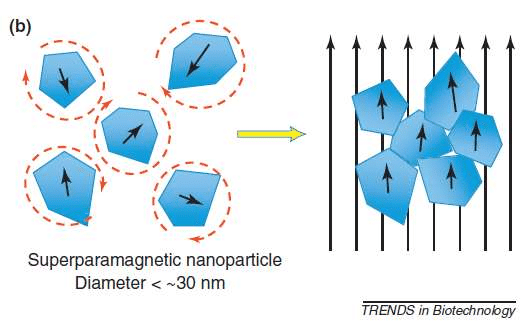
Australian scientists have taken the first step towards improved storage of human cells, which may lead to the safe storage of organs such as hearts and lungs.
The team’s discovery of new cryoprotective agents opens the door to many more being developed that could one day help to eliminate the need for organ transplant waiting lists. Their results are published in the Journal of Materials Chemistry B.
Cryopreservation is a process of cooling biological specimens down to very low temperatures so they can be stored for a long time. Storing cells through cryopreservation has had big benefits for the world – including boosting supplies at blood banks and assisting reproduction – but it is currently impossible to store organs and simple tissues.
The lead researcher, Dr Saffron Bryant from RMIT University, said that in the United States around 60% of all donated hearts and lungs were discarded.
While figures vary in other countries, preservation and transport times remain a global issue.
“We have these massive organ shortages, and we only have hours to get an organ from a donor to a recipient,” Bryant said.
About?1,850 people are on the waiting list for an organ transplant in Australia, while more than 100,000 Americans are waiting for a transplant.
Bryant said transplant waiting lists could become a problem of the past, as the RMIT team’s discovery of new cryoprotective agents could lead to the development of potentially thousands more that could help keep donated organs viable for years, rather than hours.
“For the past 50 years cryopreservation practices have largely relied on the same two cryoprotective agents, but they don’t work for organs and many cell types,” she said.
Cryoprotective agents are like the antifreeze that you put in your car to stop the engine freezing as they allow the storage of cells at very low temperatures, Bryant said.
“These agents help to protect against damage during cryopreservation, primarily from dehydration and freezing by preventing the formation of ice crystals that can damage cells,” she said.
“Ice crystals cause damage inside cells. Cryoprotectants stop ice forming, leading to a glassy structure instead that can solidify but doesn’t cause the same sort of damage as ice crystals.”
The research team discovered a cryoprotectant with two agents, proline and glycerol, was effective for all four cell types tested, including skin and brain cells, which were incubated with the cryoprotectant at 37 degrees Celsius before being frozen.
“This cryoprotectant was more effective and less toxic than its individual components,” Bryant said.
“This is one of the first times that this class of solvents has been systematically tested for cryopreservation of mammalian cells.
“This study could lead to the development of potentially thousands of new cryoprotective agents that may be tailored to specific cell types.”
Bryant said incubating these cells with the cryoprotectant at 37 degrees Celsius for several hours prior to freezing and keeping them viable is a crucial step towards the storage of organs and tissues.
“It means we could expose organs to the cryoprotectants for long enough for them to penetrate into the deepest layers of the organ without causing damage,” she said.
“We have a long way to go with our research, as we’ve only looked at single cells and it’s a much more complicated process for organs.
“But if we can develop this approach to store organs, we could eliminate organ shortages – there would be no waiting lists at all.”
As a next step, the RMIT team will investigate ways to cryopreserve new cell types, including some that cannot be frozen and kept viable using current methods.
“We’re also working with Lifeblood to investigate cryopreservation of blood products such as platelets, which are vital for the treatment of patients who have suffered significant blood loss,” Bryant said.
“Current technology only enables the storage of platelets for up to a week, but with successful cryopreservation they could be stored for years.”
Original Article: Organ storage a step closer with cryopreservation discovery
More from: Royal Melbourne Institute of Technology
The Latest Updates from Bing News & Google News
Go deeper with Bing News on:
Cryopreservation
- Researchers Unveil Automated Embryo Injection Technology with Broad Applications
technology could be used not merely as a tool in genetic experiments but also as an aid in avoiding the extinction of many species through cryopreservation, a methodology whose effectiveness has been ...
- Scientists Are Building a Noah’s Ark for Corals
One effort includes a “Noah’s Ark” for corals—executed by placing rare, threatened species in aquariums in Europe as part of the World Coral Conservatory Project.
- Cell Cryopreservation - Global Market Analysis to 2030 Featuring Profiles of Merck, Thermo Fisher Scientific, Sartorius, PromoCell, and Lonza Group
The "Global Cell Cryopreservation Market Size, Share & Industry Trends Analysis, 2023-2030" report has been added to ResearchAndMarkets.com's offering.The Global Cell Cryopreservation Market is ...
- From a Backup Technology to a Strategy-Outlining Approach
During the past decade, cryopreservation of oocytes and embryos has become one of the most exciting areas in human-assisted reproduction. Improvement of the old techniques and introduction of ...
- These Are the Top 12 Fertility Clinics in the Northeast Region of the US
Accessibility is essential for patients undergoing fertility treatments. Knowing the best clinics in a certain region can help them make informed decisions.
Go deeper with Google Headlines on:
Cryopreservation
[google_news title=”” keyword=”cryopreservation” num_posts=”5″ blurb_length=”0″ show_thumb=”left”]
Go deeper with Bing News on:
Organ preservation
- Who Is Mr. Robert House in FALLOUT? The History of New Vegas’ Ruler, Explained
The Fallout TV series' second season will surely feature Mr. Robert House, a game character who is a tech god and New Vegas ruler.
- The US supreme court heard one of the most sadistic, extreme anti-abortion cases yet
Idaho’s law requires doctors to treat pregnant women’s health as disposable – and the loss of their lives as an acceptable risk ...
- “He WAS music. His whole being resonated music": Remembering ELP's Keith Emerson and his legendary rig
Throughout the entire 1970s, the results were hit songs like “Lucky Man” and “From the Beginning” and bestselling albums such as Tarkus, Brain Salad Surgery, and the live LP, Welcome Back My Friends ...
- St. Aloysius is April’s historic building
The Historic Preservation Commission of Bowling Green has selected St. Aloysius Catholic Church as its Historic Building of the Month for April to mark the 100th anniversary of the laying of the ...
- Organ transplants are up at Tampa General Hospital, but demand remains high
Tampa General's Transplant Institute had a record year, due in part to innovative technology that expands the donor pool. But thousands of Floridians are still waiting for help.
Go deeper with Google Headlines on:
Organ preservation
[google_news title=”” keyword=”organ preservation” num_posts=”5″ blurb_length=”0″ show_thumb=”left”]

